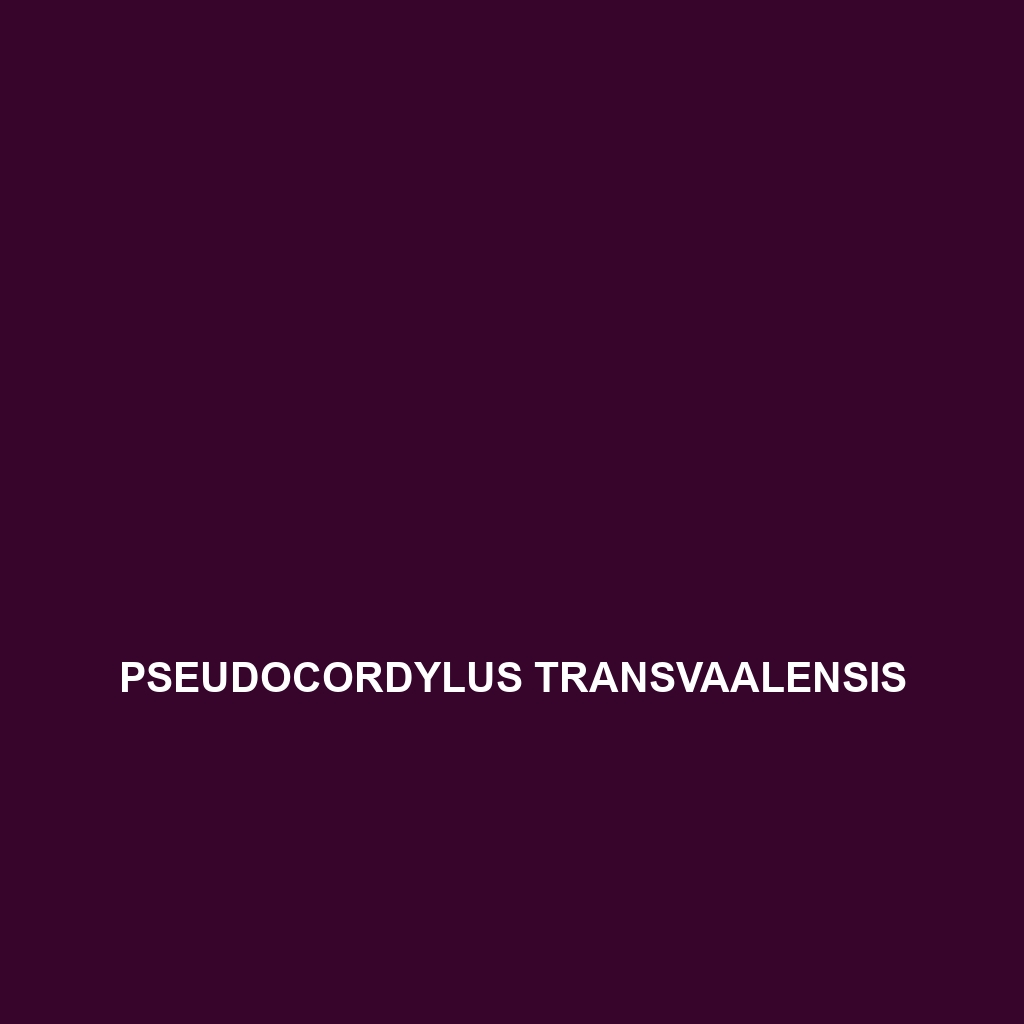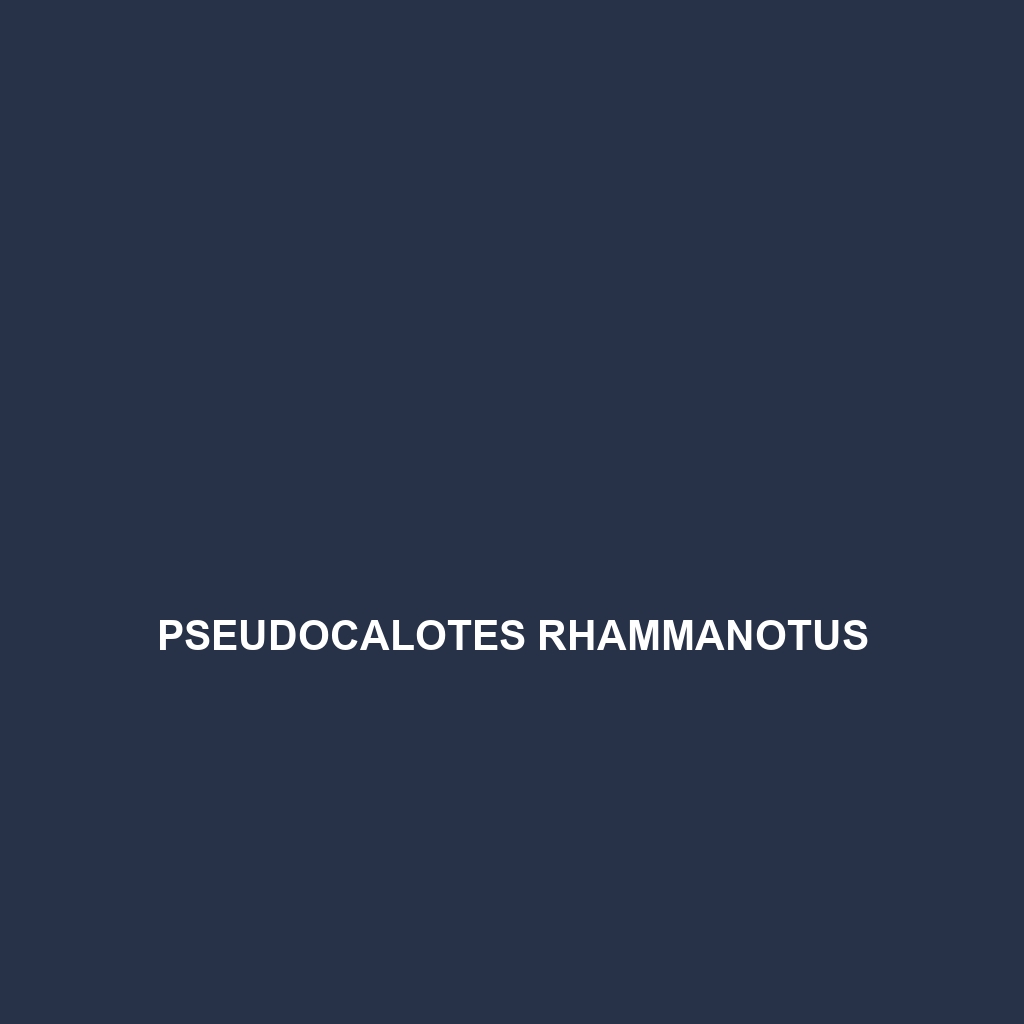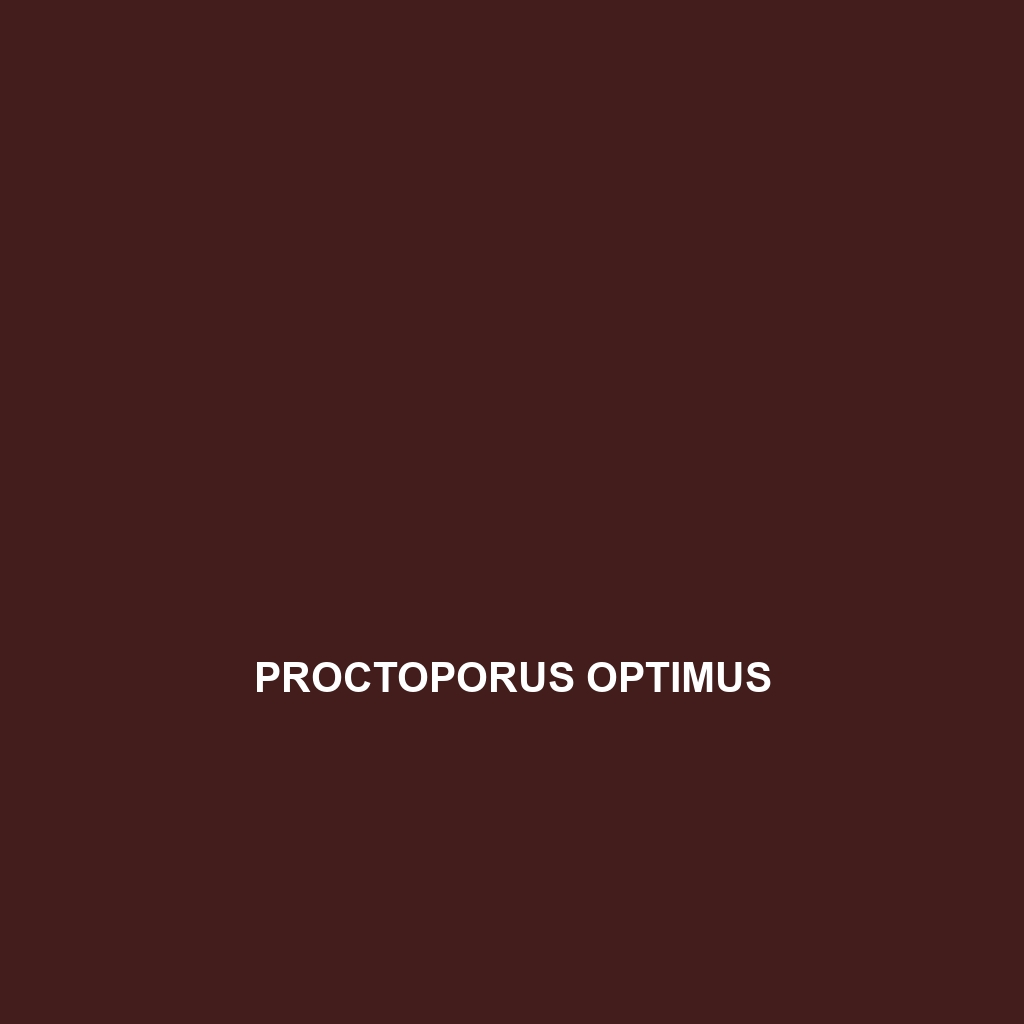Discover the stunning Modigliani skink (Sphenomorphus modiglianii), a vibrant insectivorous lizard native to Southeast Asia's humid tropical rainforests and savannas. Known for its sleek body, striking colors, and diurnal behavior, this species plays a crucial role in its ecosystem by controlling insect populations and serving as prey for larger predators.
Tag: lizard adaptation
Sphaerodactylus beattyi
<b>Sphaerodactylus beattyi</b>, commonly known as Beatty's gecko, is a small, slender lizard native to tropical regions, distinguished by its agile movements and varied brown and green coloration. Thriving in humid environments, it plays a crucial role in regulating insect populations while exhibiting nocturnal behavior and fascinating mating rituals.
Pseudocordylus transvaalensis
Pseudocordylus transvaalensis, known as the Transvaal Girdled Lizard, is a robust, stocky lizard native to the semi-arid regions of southern Africa, characterized by its spiny dorsal scales and camouflage against rocky terrains. Primarily insectivorous, this diurnal species plays a crucial role in its ecosystem by regulating insect populations while serving as prey for larger predators.
Pseudocalotes rhammanotus
<b>Pseudocalotes rhammanotus</b>, commonly known as the mountain dragon lizard, is a diurnal, tree-dwelling reptile native to the humid rainforests of Southeast Asia, characterized by its spiny scales, adaptive coloration, and insectivorous diet. This vibrant lizard plays a crucial role in its ecosystem as both a predator and seed disperser.
Proctoporus optimus
<p><b>Proctoporus optimus</b> is a medium-sized lizard native to the high-altitude regions of the Andes mountains in Peru, characterized by its robust body, glossy scales, and unique coloration. This insectivorous species thrives in moist temperate forest habitats, exhibiting remarkable climbing abilities and playing a vital role in its ecosystem by controlling insect populations.</p>
Pristurus somalicus
Introducing the Pristurus somalicus, a small to medium-sized lizard native to the rocky savannas of Somalia, characterized by its slender body and cryptic coloration that provides excellent camouflage. This insectivorous species thrives in harsh, arid environments and plays a vital role in controlling local insect populations, with an adaptable diet and unique behaviors that enhance its survival in the wild.
Prasinohaema semoni
<p><b>Prasinohaema semoni</b>, commonly known as the Green Tree Lizard, is a vibrant insectivorous reptile native to the rainforests of New Guinea, exhibiting striking green coloration for camouflage and remarkable climbing skills. This agile species plays a crucial role in its ecosystem by helping control insect populations and serves as both predator and prey, showcasing unique behavioral adaptations.</p>
Pseudocordylus transvaalensis
Pseudocordylus transvaalensis, known as the Transvaal Girdled Lizard, is a robust, stocky lizard native to the semi-arid regions of southern Africa, characterized by its spiny dorsal scales and camouflage against rocky terrains. Primarily insectivorous, this diurnal species plays a crucial role in its ecosystem by regulating insect populations while serving as prey for larger predators.
Pseudocalotes rhammanotus
<b>Pseudocalotes rhammanotus</b>, commonly known as the mountain dragon lizard, is a diurnal, tree-dwelling reptile native to the humid rainforests of Southeast Asia, characterized by its spiny scales, adaptive coloration, and insectivorous diet. This vibrant lizard plays a crucial role in its ecosystem as both a predator and seed disperser.
Proctoporus optimus
<p><b>Proctoporus optimus</b> is a medium-sized lizard native to the high-altitude regions of the Andes mountains in Peru, characterized by its robust body, glossy scales, and unique coloration. This insectivorous species thrives in moist temperate forest habitats, exhibiting remarkable climbing abilities and playing a vital role in its ecosystem by controlling insect populations.</p>









